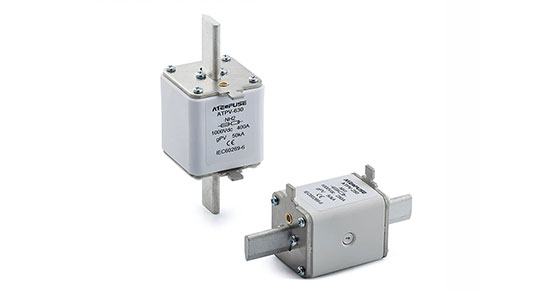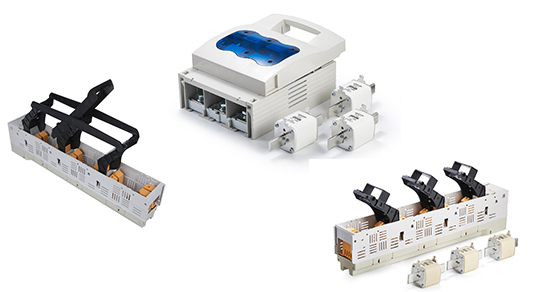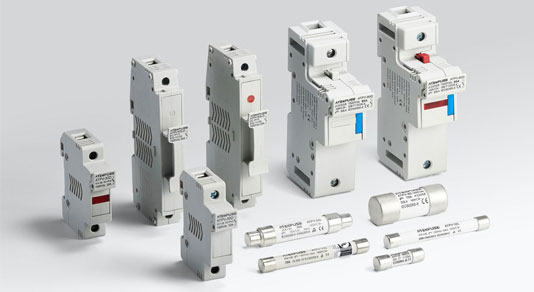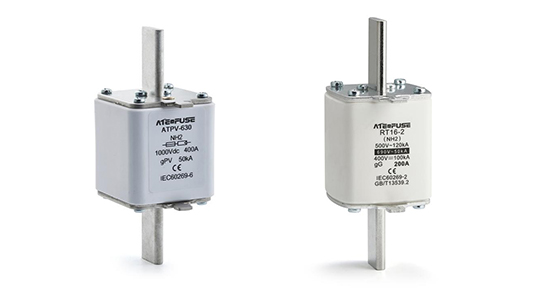Why Are Fuses Single-Use?
Electricity is the foundation of modern life, but overloads or short circuits can damage equipment or even cause fires. To protect circuits and devices, a reliable safety device is needed—the fuse. When a circuit experiences a fault, a fuse quickly “sacrifices” itself to cut off the current, preventing equipment damage or fire. Many people wonder: why must a fuse be replaced after it blows and can’t be reused? The answer lies in the core safety design behind it.
How a Fuse Works
“Current → Heat → Melting → Protection”
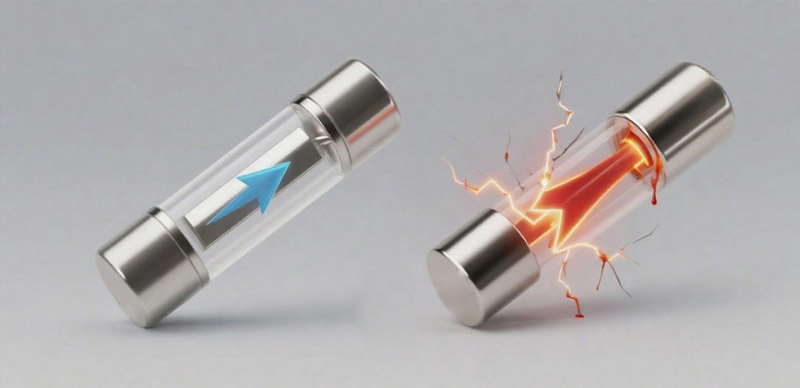
Basic function: The core function of a fuse is to protect a circuit. Inside, it contains a low-melting-point alloy wire. Under normal current, the wire carries electricity stably without damage.
Response to faults: When a fault occurs—for example, a short circuit causing current to spike several times above the rated value—the alloy wire rapidly generates heat, quickly reaching its melting point, and melts or breaks like a candle flame.
From the start, a fuse is designed as a single-use, sacrificial device.
In this context, the choice of fuse material is crucial. For example, our ATPV-30Ø10*38 photovoltaic fuse uses a more expensive silver strip as the fuse element. This material is commonly used in high-end or critical equipment, offering safer and more stable protection. Silver’s low resistance reduces energy loss, and in critical moments, it melts more precisely, minimizing false trips and extending the lifespan of equipment.
Why Fuses Are Single-Use
The design philosophy of fuses has evolved over time. The earliest fuses were patented by Thomas Edison in the 19th century, and the basic design is still widely used. With technological development, resettable circuit breakers were introduced, using electromagnetic or bimetallic mechanisms to trip and be manually reset. However, single-use fuses remain widely used due to unique advantages:
Faster response: The melting process relies purely on a physical reaction without mechanical movement, allowing faster current cutoff under extreme overloads.
Low cost and clear benefits: Suitable for photovoltaic systems, energy storage, power distribution, and various industrial systems. Installation is simple and requires no extra maintenance.
High reliability: With no moving parts, the lifespan is long, and they are less likely to fail due to aging or contamination.
In photovoltaic systems, this design is especially critical. For example, the ATPV-32L Ø10×85 fuse can melt precisely within a very short time during overload tests, immediately cutting off the circuit to prevent equipment damage or fire hazards. A single-use fuse not only protects the system but also provides a clear visual indication of a fault, prompting the user to inspect and replace it promptly.
This “protection + indication” dual function is why single-use fuses remain prevalent in circuit protection. Using a reusable device might fail to alert users to faults, potentially triggering repeated trips and causing long-term instability in the circuit, increasing safety risks.
Practical Advice: Respect the “Single-Use” Design
When a fuse blows, the correct procedure is:
1.Turn off the main power to ensure safety.
2.Investigate the cause of the fault (e.g., simultaneous use of high-power appliances, aging wiring).
3.Replace with a fuse of the same specification (never use copper wire or substitutes!).
4.If fuses blow frequently, call a professional electrician to inspect the circuit.
Conclusion
Fuses use a low-melting-point wire to rapidly cut off current during overloads or short circuits, protecting equipment. Their single-use design ensures fast response and high reliability while visually signaling a fault, prompting inspection. Simple structure, low cost, and minimal maintenance make fuses still widely used in industrial, power, and photovoltaic applications.
It is precisely this single-use design that enables fuses to consistently provide reliable and intuitive protection for electrical circui.

